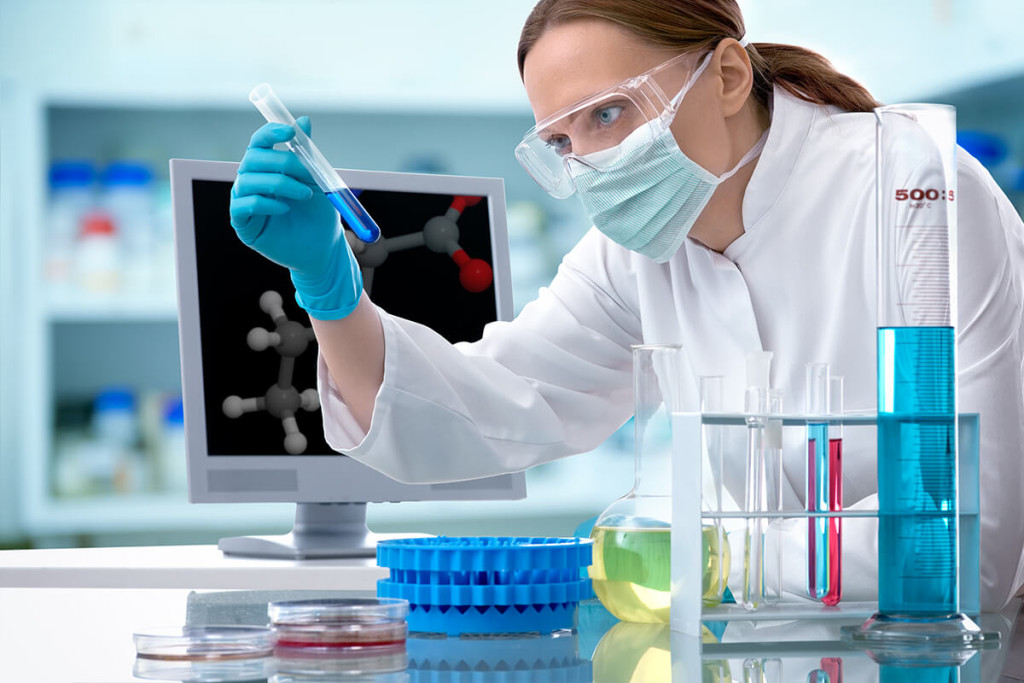Regenerative medicine is a new way of thinking about the body. It’s not just about fixing what’s broken—it’s about giving our bodies the tools they need to heal themselves. It’s exciting, promising, and it may be the future of healthcare. Regenerativemedicela com offers different kinds of procedures that are safe for you. But is regenerative medicine safe? And are there any major disadvantages? Here are three things you need to know before you make your decision.
What is regenerative medicine?
Regenerative medicine is a type of medicine in which the body itself plays a part in healing itself. Regenerative medicine can be used to improve the speed of healing after an injury, but it can also restore tissues to their normal function (such as repair skin, muscle, and bones).
For example, it may be used to replace a damaged kidney or grow replacement cartilage. Some patients are considering surgical and other treatments to repair or replace limbs or parts of their bodies. Such patients want a non-invasive way to reduce the need for a surgical operation. It can also be used to replace healthy tissue and organ functions, such as the heart.
Safety and side effects
There are already effective regenerative medicines available in Europe. We know very little about the side effects of these treatments, as most clinical trials haven’t been conducted in the United States. With time, more patients in the US will be able to benefit from these new medicines.
But there’s a lot we don’t know about them yet, and most of it isn’t good news. Regenerative medicine can cause injury, damage, or permanent tissue scarring. It can also cause your body to become resistant to future tissue repair treatments. Some of the side effects include:
Infections: Regenerative medicine can carry certain infections in your body. We know, for instance, that stem cells can carry
HIV: Regenerative medicine can carry certain infections in your body.
The pros and cons of regenerative medicine
The best part about regenerative medicine is that you can use it to replace old or damaged cells that cause disease. For example, if someone has a bone marrow disorder, they might be able to take stem cells from their body to create healthy blood cells. This technique could cure diseases like sickle-cell anemia.
However, not all patients are eligible for this treatment because there are some risks involved in cellular therapy. Here are 3 things you need to know about regenerative medicine. Regenerativemedicela com offers different kinds of procedures that are safe for you.
Final Thoughts
Regenerativemedicinela.com clinics are encouraging their patients to seek out these regenerative solutions. Recent advances in regenerative medicine have given patients new hope for diabetes, Parkinson’s disease, and Crohn’s disease. This article discusses the latest developments in this field, what it can be used for, and what you need to know.
